In the rapidly evolving business landscape, organizations are increasingly turning to artificial intelligence (AI) to address pressing human resource challenges, such as predicting employee turnover. This innovative approach is reshaping the workforce management strategies and holds significant implications for industries across Australia. Understanding which employees are likely to quit can offer businesses a competitive edge by minimizing costly turnover and retaining top talent.
Understanding AI-Powered Predictive Analytics
Predictive analytics in HR leverages AI algorithms to analyze vast datasets, identifying patterns and trends that indicate the likelihood of employee attrition. These algorithms assess various factors, including job satisfaction scores, performance metrics, engagement levels, and even external economic indicators. By doing so, organizations can proactively address potential issues, thereby reducing turnover rates.
AI in Action: A Global Perspective with Australian Relevance
Globally, companies like IBM have pioneered AI-driven HR solutions, significantly reducing employee turnover. IBM's AI model, which predicts employee attrition with 95% accuracy, has saved the company approximately $300 million annually by retaining valuable employees.
For Australian businesses, adopting similar AI technologies can be transformative. The Australian economy, heavily reliant on industries such as mining and healthcare, faces unique workforce challenges. According to the Australian Bureau of Statistics (ABS), the turnover rate in these sectors remains high, with an annual rate exceeding 18%. Implementing AI-powered predictive analytics could significantly mitigate these challenges, ensuring stability and growth.
Local Industry Trends and Challenges
In Australia, the tech sector is rapidly adopting AI to enhance HR functions. A study by Deloitte indicates that Australian companies that have integrated AI into their HR practices report a 25% reduction in employee turnover. Additionally, the mining industry, which struggles with high turnover due to remote working conditions, stands to benefit significantly from AI-driven insights.
Case Study: Enhancing Employee Retention in Australian Healthcare
Healthcare Australia, a leading provider of workforce solutions, faced challenges in retaining skilled nursing staff due to high stress and demanding work environments. By implementing AI-driven predictive analytics, they identified key factors contributing to turnover, such as workload and shift patterns.
As a result, Healthcare Australia adjusted staffing models and introduced flexible scheduling, leading to a 30% reduction in nurse turnover within a year. This case underscores the potential of AI in addressing sector-specific challenges in Australia.
Pros and Cons of AI in Predicting Employee Turnover
The application of AI in predicting employee turnover presents both opportunities and challenges for Australian businesses:
Pros:
- Proactive Retention Strategies: AI enables early identification of at-risk employees, allowing for timely interventions.
- Cost Savings: Reducing turnover can lead to significant cost savings in recruitment and training.
- Data-Driven Insights: AI provides actionable insights, enhancing workforce planning and development.
Cons:
- Privacy Concerns: The use of personal data raises ethical and legal considerations, particularly under Australian privacy laws.
- Implementation Costs: Initial investment in AI technology and training can be substantial.
- Potential Bias: AI algorithms can inadvertently perpetuate existing biases if not properly monitored.
Debunking Myths About AI-Powered HR Solutions
Myth: AI Replaces Human Judgment
Reality: While AI provides data-driven insights, human judgment remains crucial in interpreting data and making final decisions. AI serves as a tool to augment human capabilities, not replace them.
Myth: AI Is Too Complex for Small Businesses
Reality: AI solutions are becoming increasingly accessible, with scalable options available for businesses of all sizes. Many Australian SMEs have successfully implemented AI tools to improve HR functions.
Myth: AI Always Gets It Right
Reality: While AI is highly accurate, it is not infallible. Continuous monitoring and adjustment are necessary to ensure accuracy and relevance.
Future Trends in AI-Driven HR in Australia
As AI technology continues to evolve, its application in HR will expand, offering even more sophisticated tools for workforce management. By 2028, it is expected that 60% of Australian businesses will integrate AI into their HR practices, driven by advancements in machine learning and predictive analytics (Source: PwC Future of Work Report 2024).
Conclusion
AI's potential to predict employee turnover offers Australian businesses a strategic advantage in managing their workforce effectively. By adopting AI-powered predictive analytics, organizations can reduce turnover, enhance employee engagement, and ultimately drive business success. As AI technology becomes more accessible and refined, its impact on HR practices will continue to grow, shaping the future of work in Australia.
People Also Ask
- How does AI impact businesses in Australia? Australian businesses leveraging AI report a 25% reduction in employee turnover, enhancing engagement and revenue.
- What are the biggest misconceptions about AI in HR? A common myth is that AI replaces human judgment. However, AI serves as a tool to augment human capabilities, not replace them.
- What are the best strategies for implementing AI in HR? Experts recommend starting with identifying key turnover indicators, followed by integrating AI-driven analytics, and ensuring continuous monitoring for long-term success.
Related Search Queries
- AI predictive analytics in HR
- Employee turnover prediction tools
- AI in Australian businesses
- Workforce management strategies Australia
- AI and employee engagement















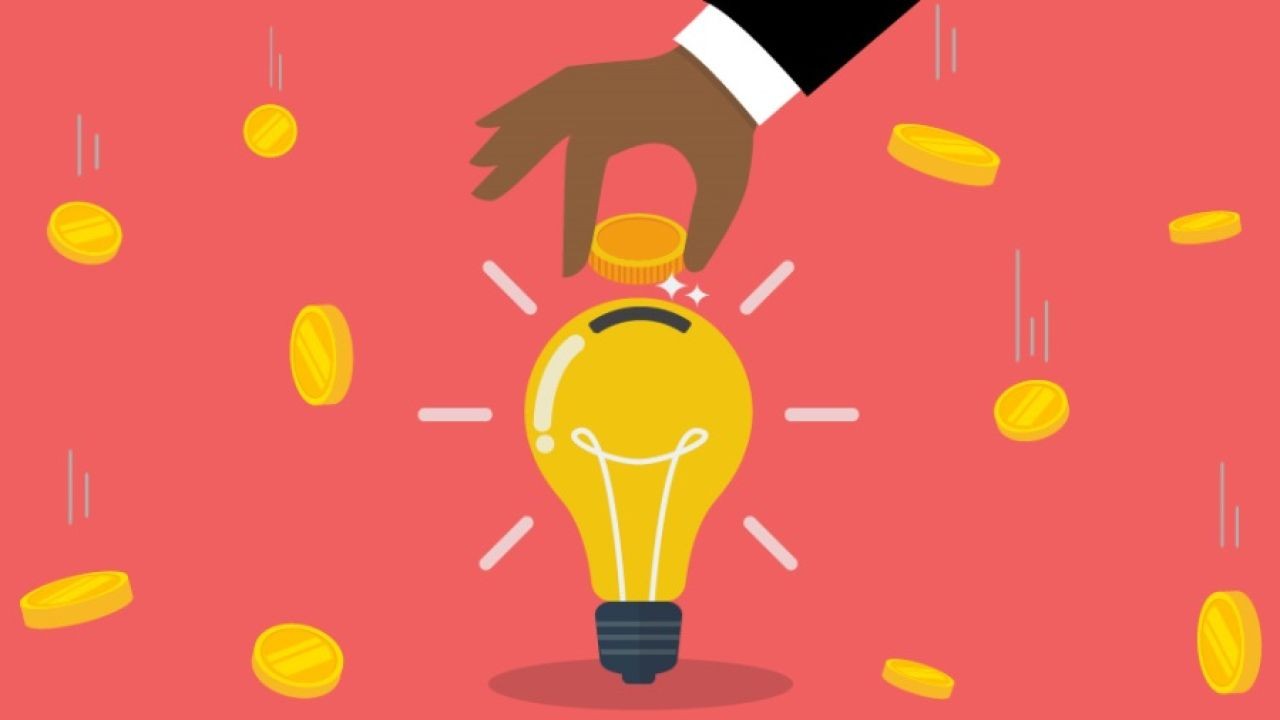
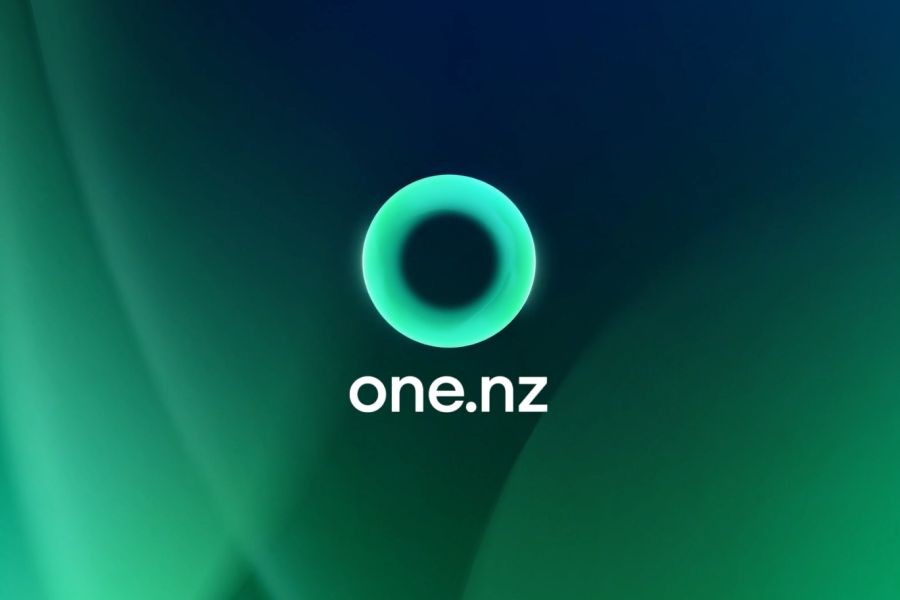







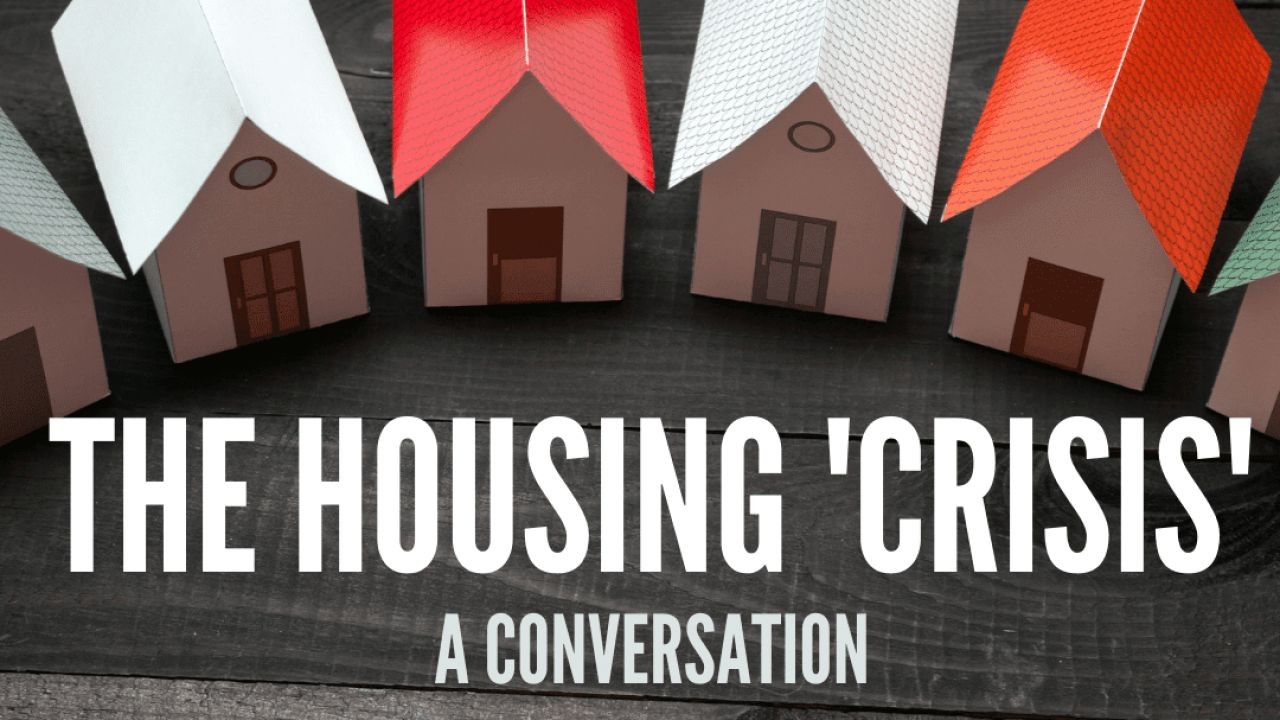

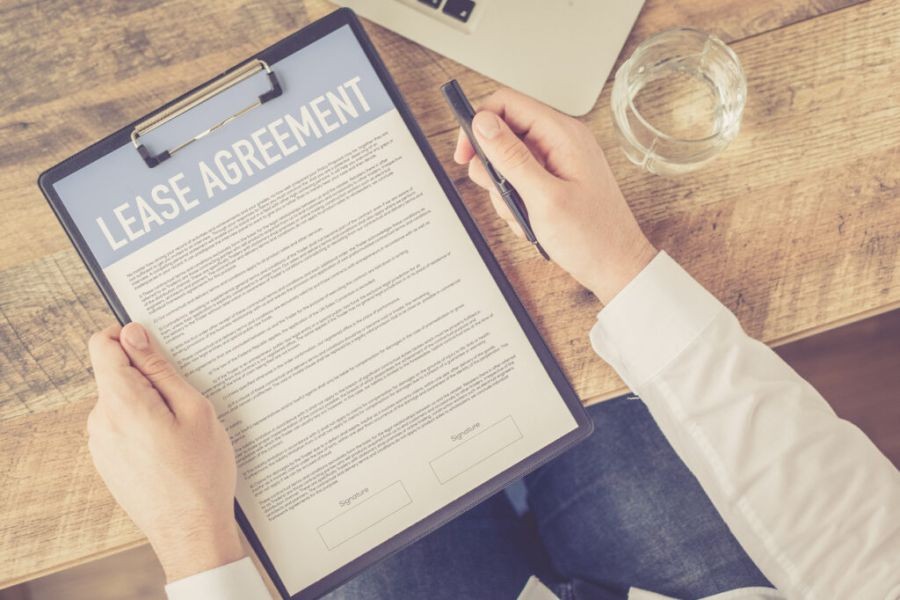
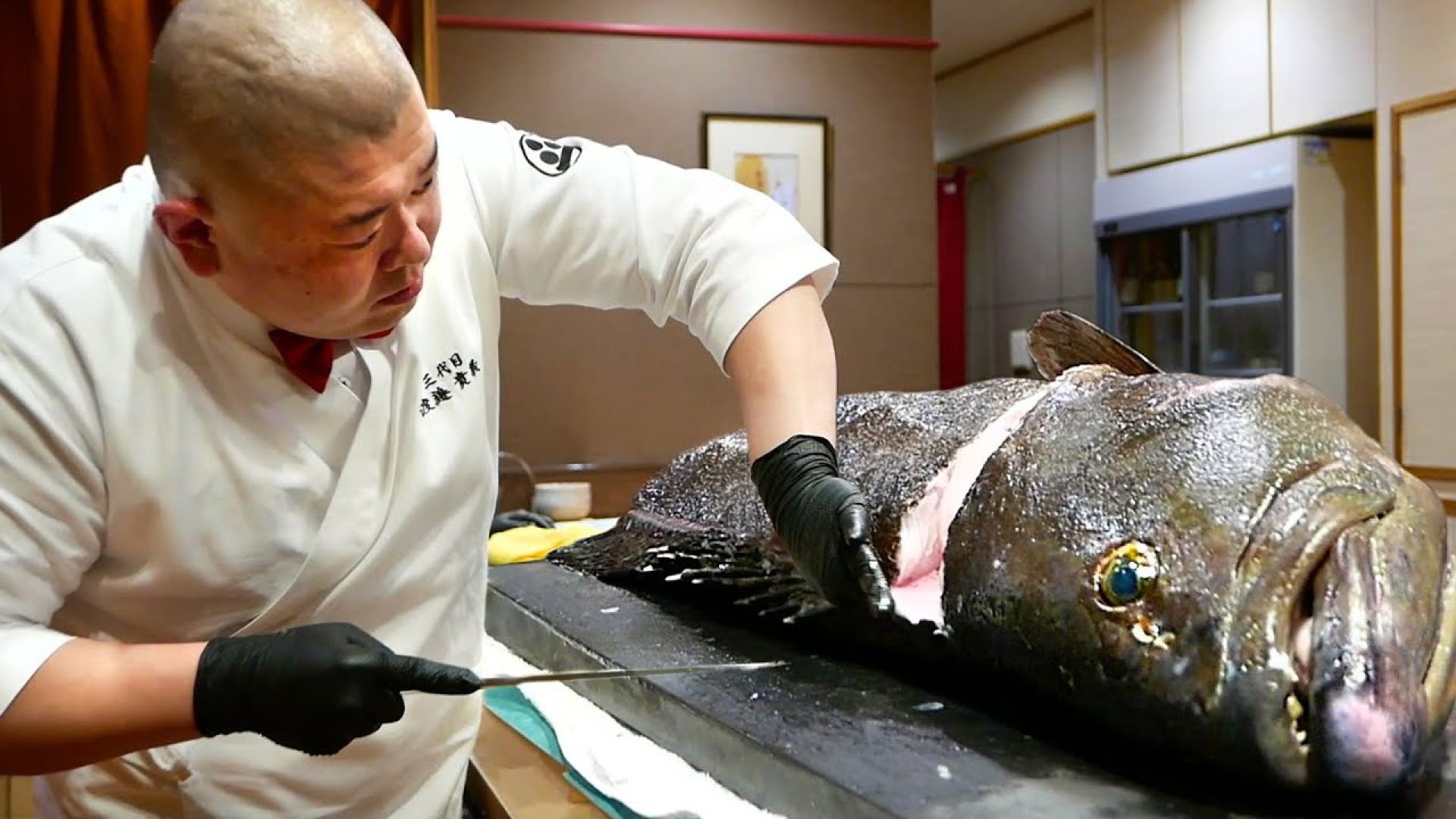




IvoryStark
6 months ago